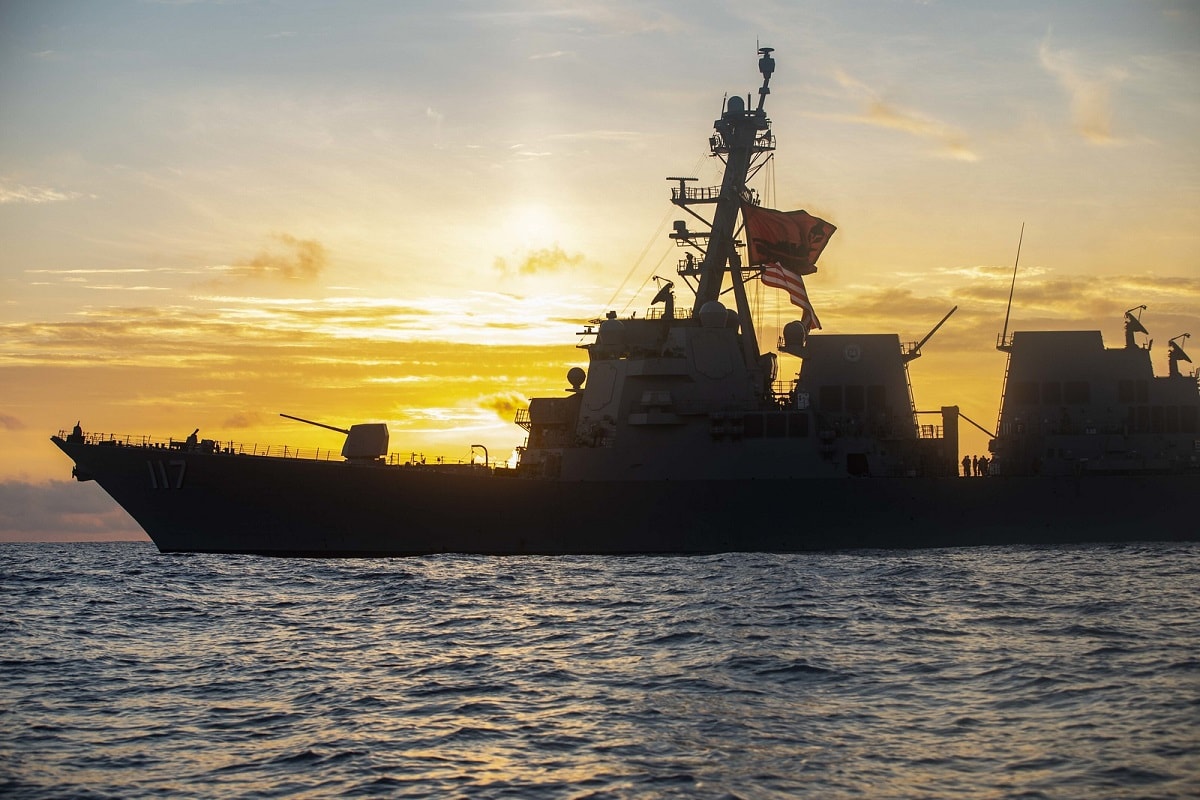DDG(X) is Coming: U.S. Navy Awarded Contracts for Next-Generation DDG(X) Guided-Missile Destroyer – Last Friday, the United States Navy awarded contracts to General Dynamics’ Bath Iron Works subsidiary and HLL’s Ingalls Shipbuilding division contracts to perform shipbuilder engineering and design analysis for the next-generation guided-missile destroyer program or DDG(X). The Navy didn’t disclose the dollar value of the contracts, however, citing “source-selection sensitive information.”
However, each of the two contractors will come up with design products in support of preliminary and contract designs for the DDG(X) program under the firm-fixed-price, cost-plus-award-fee contracts, the Department of Defense (DoD) announced. These contracts are an early but essential step for the warship that will eventually replace the Navy’s workhorse, the Arleigh Burke-class guided-missile destroyers.
Bath Iron Works and Ingalls Shipbuilding will carry out work at their respective sites across the U.S. through July 2023 and continue through July 2028 should all options be exercised. In addition, Naval Sea Systems Command obligated research, development, test, and evaluation funds for fiscal year 2022 (FY22) at the time of the award.
“We are excited to continue on this path with our Navy and industry partners,” Kari Wilkinson, Ingalls Shipbuilding president, said via statement following last week’s contract award.
“It provides us a tremendous opportunity to bring best practices and innovation from our experienced engineering team to the design of this important future surface combatant,” Wilkinson continued.
“Bath Iron Works is eager to bring our cutting edge engineering and design expertise, now applied to the DDG 51 program, to the next generation of large surface combatants,” added Chuck Krugh, BIW president, via a separate statement on Friday. “The opportunity to work alongside HII and our industry partners to meet the Navy’s needs for capability, schedule and cost will result in synergies that build on other extremely successful Navy construction programs.”
The DDG(X) is currently slated to succeed both the Arleigh Burke-class destroyers and the Ticonderoga-class guided-missile cruisers now in service with the U.S. Navy. Earlier this year, the U.S. Navy also disclosed plans to use the combat system from the Flight III Arleigh Burkes along with the propulsion system from the Zumwalt-class destroyers for the future DDG(X). The service further announced plans to field directed energy and hypersonic weapons on the next-generation destroyer.
Rare Competition
As reported by Breaking Defense, both HII and Bath Iron Works have built versions of the Arleigh Burke-class destroyers since 1985, and as such, the companies are the U.S. Navy’s favored vendors for large surface combatants – so much so that the service brought employees from those companies to work within the Navy’s internal DDG(X) team.
After the design phase, it is certain that one or both of those firms will be awarded the contract to build the future ship. Yet, it still remains less clear how the work could be handed out. When managing major shipbuilding programs, the U.S. Navy traditionally will have industry compete for work as a means to force vendors to keep their prices down, Breaking Defense’s report added. Given HII and Bath Iron Works’ long histories with the DDG-51 class, it’s extremely unlikely a third vendor would stand a chance of becoming the prime contractor for the newer ship class.
One scenario could see the two companies compete for the final contract, while another sees them teaming up and bringing the best and brightest to produce what will be the Navy’s most important new warship of the 21st century.
A Senior Editor for 1945, Peter Suciu is a Michigan-based writer who has contributed to more than four dozen magazines, newspapers and websites. He regularly writes about military hardware, firearms history, cybersecurity and international affairs. Peter is also a Contributing Writer for Forbes. You can follow him on Twitter: @PeterSuciu.

